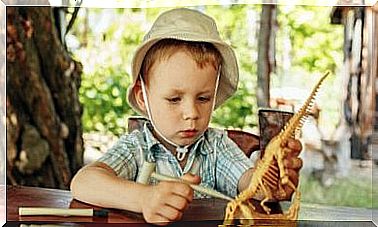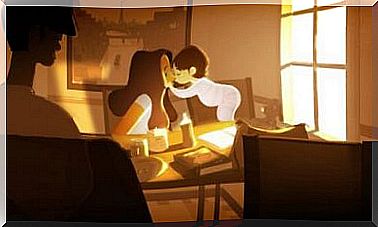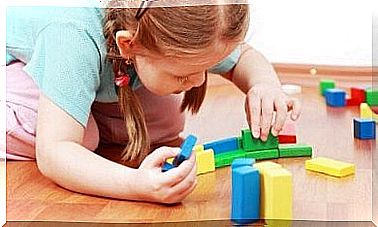4 Fun Science Experiments For Kids
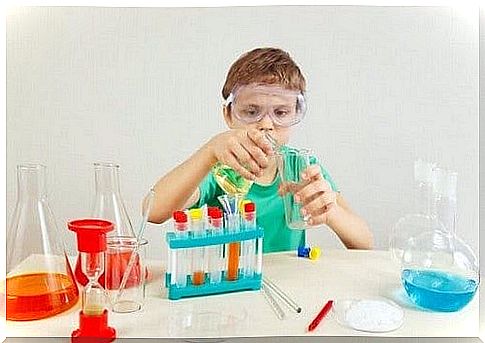
Science is something that many children can truly learn to love if presented to them in the right way. Science experiments, for example, allow them to understand the world around them, and it can be fun to observe certain findings.
Therefore, we would like to suggest a series of science experiments that can help children learn in an easy way.
Four amazing science experiments
We now show you four amazing experiments that kids can do.

An egg that turns to stone
With this experiment you will see how an egg can become unbreakable only with the help of vinegar. You will need:
- An egg
- A glass jar with a lid
- White vinegar
Put the egg in a jar, fill the jar with 2/3 vinegar and cover the jar with a lid. Leave the jar for 48 hours and take out the egg. It will now have an orange hue and you will find that it cannot break.
Why? This is because the eggshell is made up of calcium carbonate. As it is soluble in vinegar, it has created a hard, resistant layer.
Go for eggs
As you can see, you can perform various experiments with eggs. Ask your children what would happen if they walked on a layer of eggs. They will surely believe that the eggs will break. But you have to show them that this will not be the case.
You need to put the eggs in a box where they are all placed the same. Make sure no eggs are broken.
Then help your baby step over the eggs, making sure that the baby distributes his weight evenly – this is the most important step. When he is standing safely on the eggs, release him.
The eggs do not break because their shape is very similar to a 3D arch, which is one of the architectural shapes that resists uniform pressure.
Battery from a lemon
You can perform this battery experiment using a lemon, a screw, and a copper coin. Make two holes in the lemon. Then insert the screw into one of the holes and the copper coin into the other hole.
If you have a multimeter, you can measure the electric current generated and you can use multiple lemons to turn on an electrical device.
This occurs when the screw transfers electrons to the copper coin, generating a small electric current.
Science experiments: A homemade thermometer
To make an atmospheric thermomenter, you need some materials that you may already have at home:
- An empty 50 ml bottle
- A clear straw
- Clay
- Water (to fill the bottle with)
- A scissor
- A bowl of hot water
- Food color
- Alcohol and ice for calibration
Course of action:
1. Make a hole in the lid of the bottle using scissors and pass the straw through the hole.
2. To seal the hole well, cover it with clay so that it does not leak.
3. Half fill the bottle with water.
4. Add a few drops of food coloring so that the water is clearer as it goes up through the straw.
5. Close the bottle and make sure the straw is in the area where the water starts.
6. Now heat the bowl with water and place the bottle in it. This causes the molecules to stir up faster and it pushes the liquid through the straw and up to the top.
7. See how the hot water rises through the straw!
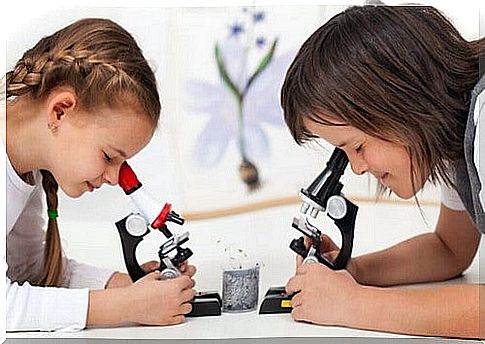
Depending on the age of your children, you can raise the calibration complexity of the thermometer. Add alcohol to the mixture to do this.
You need to indicate where 90 degrees is, which is why you need to get the water up to the boiling point and then immerse the bottle for five minutes. Mark the point where the water rises and when it is 90 degrees.
Do the same to indicate where 0 degrees is and immerse the bottle in a bowl of water and ice for 5 more minutes. Thereby you have located both 0 degrees and 90 degrees, and you can calculate (by eye) the intermediate temperatures.
These science experiments will pique the interest of children and make them ask questions. In addition, it helps them forget about cell phones and game consoles for a short while.
